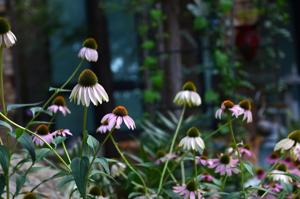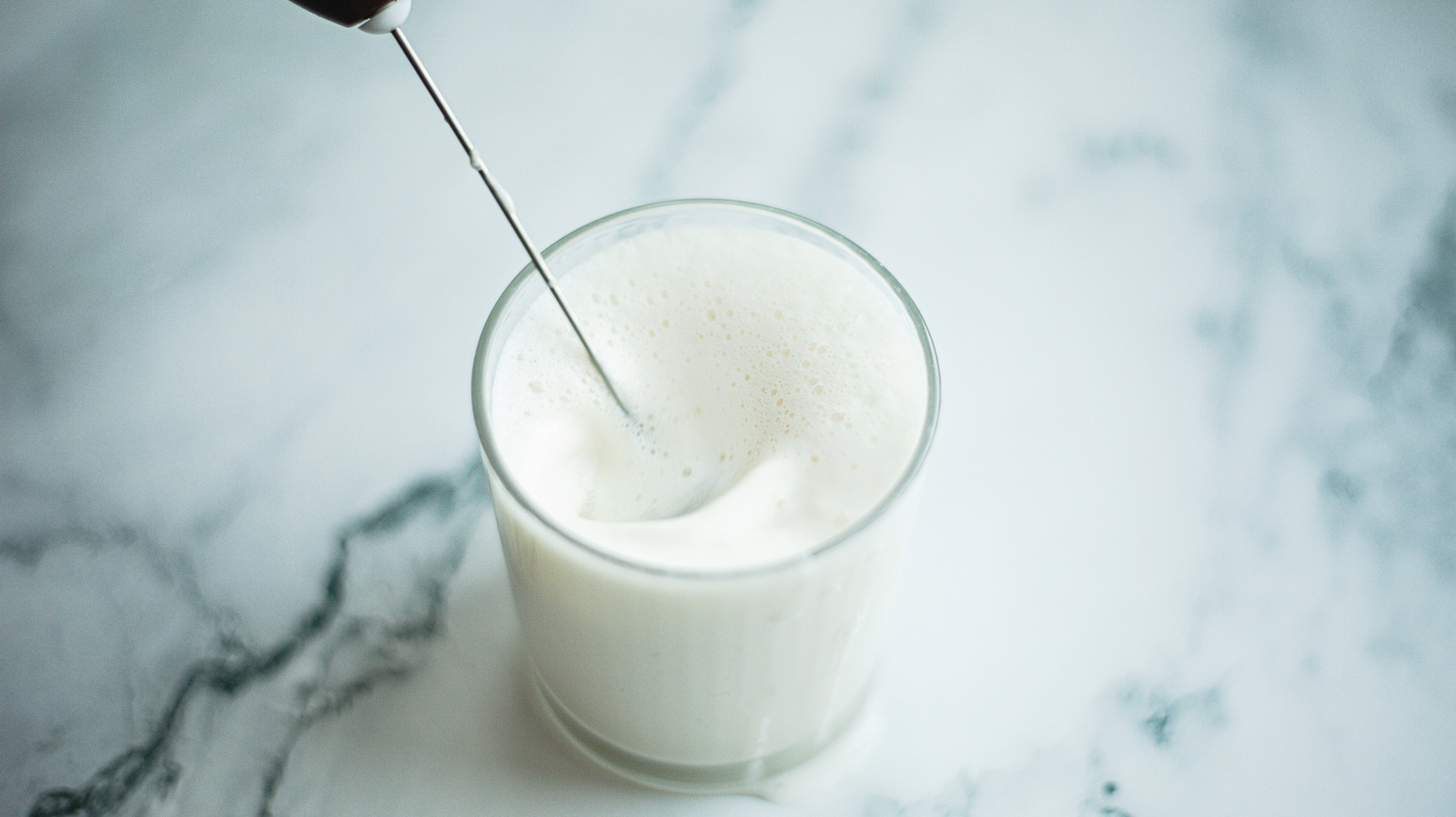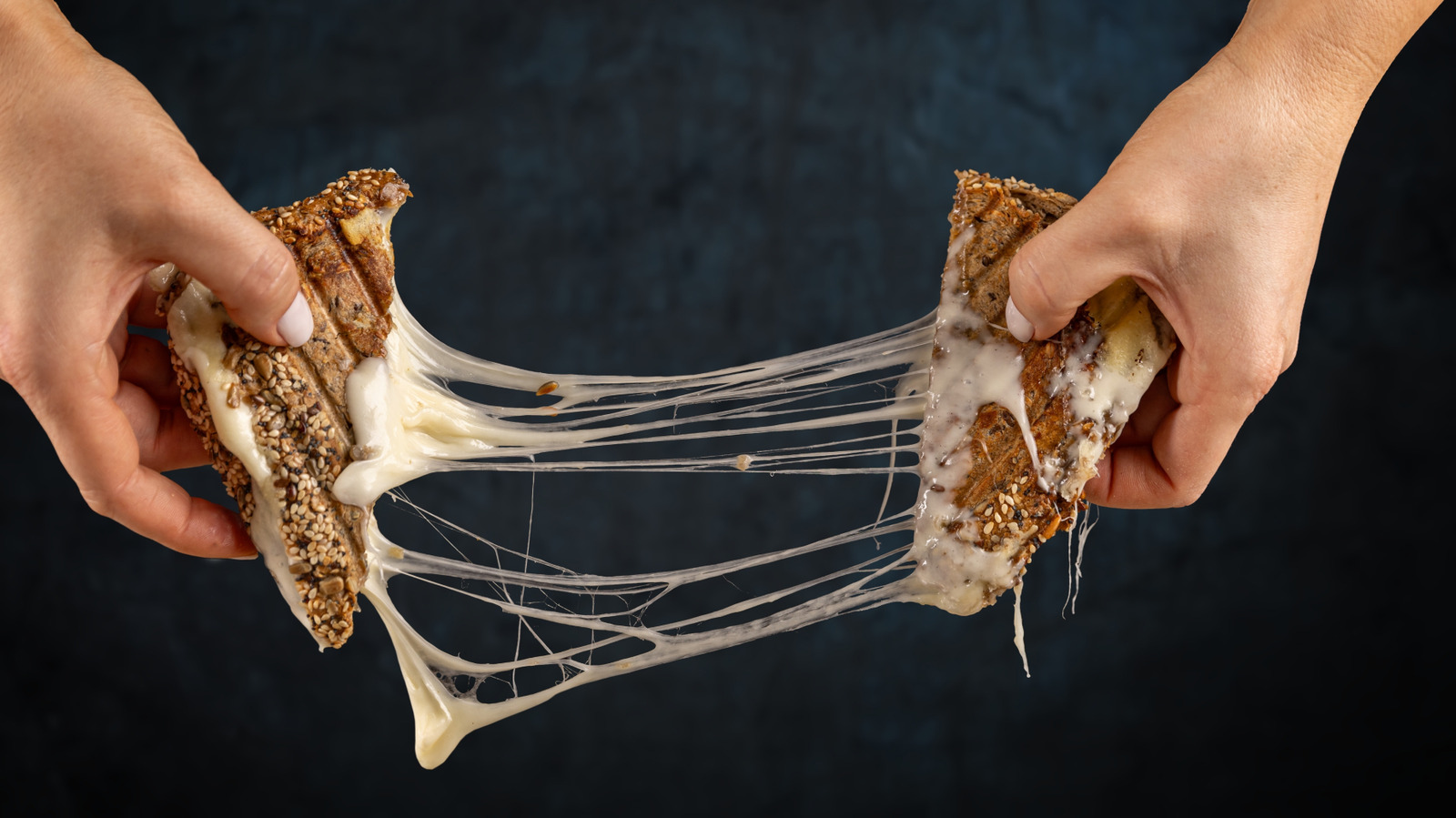Cleaning up the garden — or “putting the garden to bed” — has traditionally been a fall endeavor. In recent years, however, as information about the migrating or hibernating habits of birds, pollinators and other beneficial wildlife has seeped into the mainstream, many gardeners are postponing their big cleanups until spring. And that’s a good thing.
But there are quite a few tasks that still should be tended to now. Some are holdovers from the old protocol; others are new ways of tackling conventional chores that have evolved with our better understanding of the ecosystem. Take leaf removal.
Raking (and more recently, blowing) has long been a harbinger of fall. However, bagging and trashing those leaves — and the shelter they would provide for overwintering insects, not to mention the pollinator eggs attached to their undersides — has given way to the movement in recent years. Homeowners are realizing that sending a plastic bag of organic matter to a landfill not only ensures it will outlast themselves, but also amounts to throwing away free fertilizer.
Allowing leaves to remain where they fall around perennials, trees and shrubs, and moving them from lawns to beds and borders enriches the soil with plant-boosting nutrients. They also provide shelter and habitat for overwintering pollinators. Instead of cutting every perennial to ground level before the first frost, gardeners are now being selective.
Allowing the dried seed heads of plants like purple coneflowe.











:upscale()/2024/12/23/986/n/1922441/ae269e286769e6f5b332b2.08351138_.jpg)







